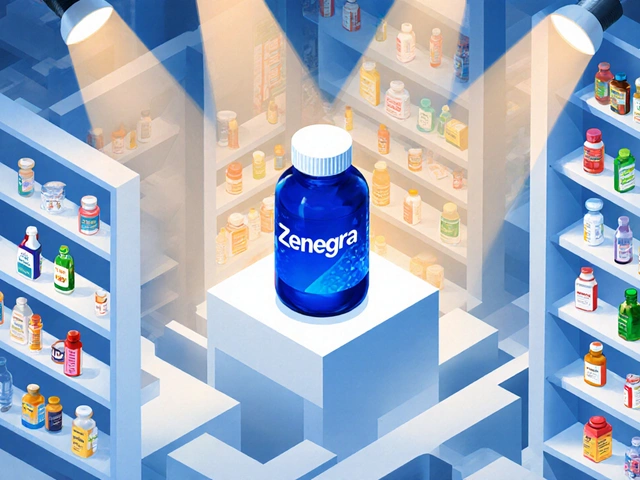Antibiotics – What They Are, How to Use Them Safely, and Where to Get Them Online
Antibiotics are medicines that kill or stop the growth of bacteria. They’re lifesavers for infections like strep throat, urinary tract infections, and pneumonia. But they’re not a cure‑all – using them wrong can cause side effects and boost antibiotic resistance.
When to Take an Antibiotic
First, make sure a doctor says you need one. Common signs that an antibiotic might be right include a fever that won’t go down, persistent cough with green mucus, or pain that gets worse instead of better. If you have a viral illness like the common cold, an antibiotic won’t help and could do more harm than good.
Always finish the full course, even if you feel better after a few days. Stopping early lets the strongest bacteria survive, which can lead to a tougher infection later.
Buying Antibiotics Online – Do It Right
If you need an antibiotic and can’t get to a pharmacy quickly, buying it online can be safe – if you follow a few rules. Use a licensed pharmacy that requires a prescription. Look for sites that display a physical address, a pharmacist’s contact info, and secure https connections.
In Australia, platforms like tcds.com and approved local telehealth services let you get a prescription after a video consult. They’ll verify your identity, check your medical history, and send the medicine directly to your door. Avoid sites that sell “no‑prescription” antibiotics; they’re often counterfeit and can be dangerous.
When you receive the medication, check the packaging for the correct drug name, dosage, and expiration date. If anything looks off, contact the pharmacy right away.
Remember, antibiotics like Amoxil (amoxicillin) are common for ear infections and strep throat. If you ever get a prescription for a different antibiotic, ask the pharmacist what the differences are and why it’s chosen for your specific infection.
Keeping a simple record helps you stay on track. Write down the name of the antibiotic, the dose, the time you take it, and any side effects you notice. This makes it easier to talk to your doctor if something feels wrong.
Finally, be proactive about resistance. Only use antibiotics when they’re truly needed, never share your meds with friends or family, and store leftovers properly – then discard them if you don’t finish the course.
Follow these basics, and you’ll get the most benefit from antibiotics while keeping yourself and the community safer.





